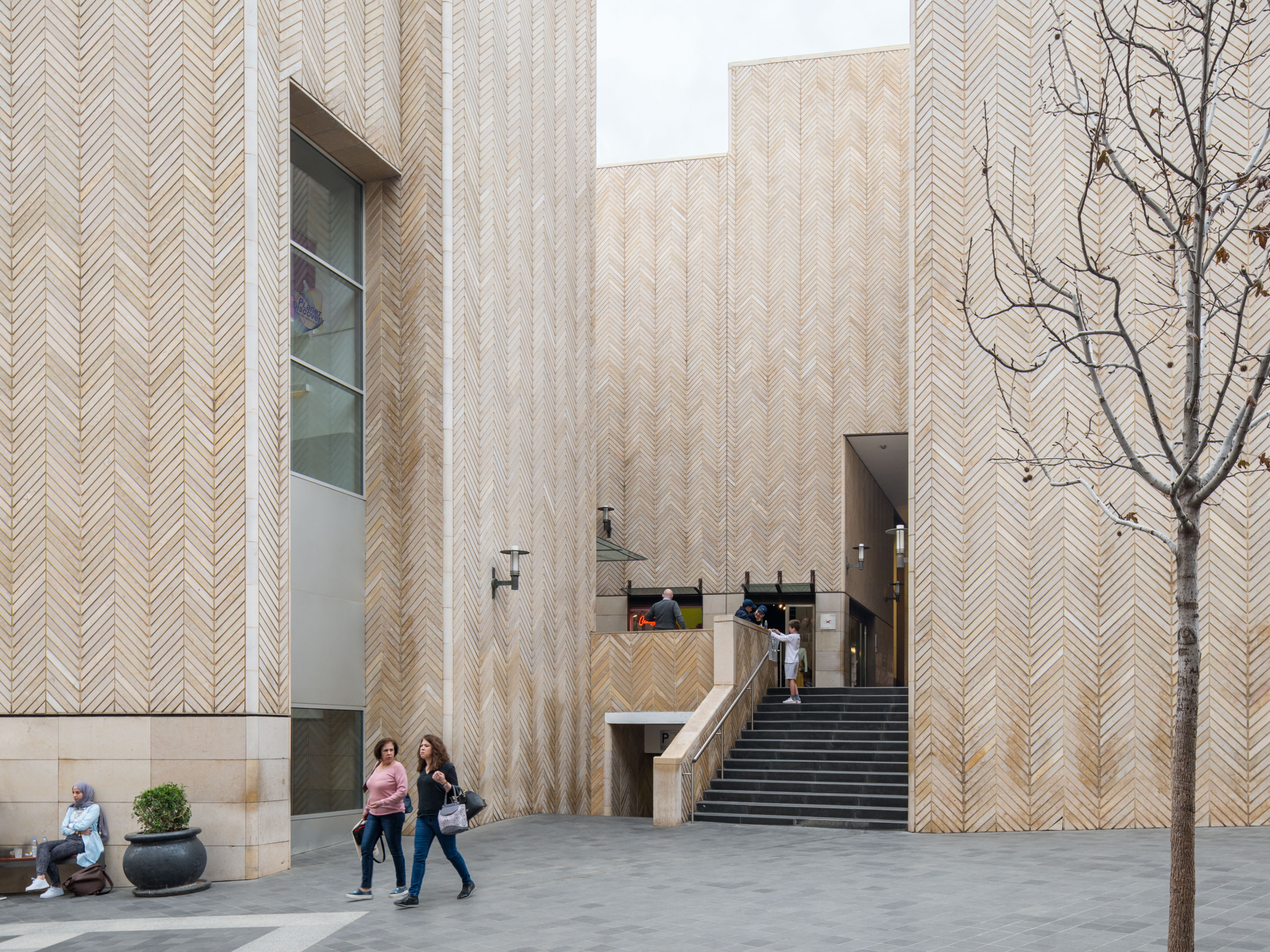An ancient city captured within modernity: Beirut Souks explored
Lebanese photographer Bahaa Ghoussainy pays homage to the architecture of a city lost in time but rooted within the future

Preserving a city’s heritage within modern design is a great architectural feat, especially for a city like Beirut.
Commercial culture has been historically embedded within the city’s public space as Beirut’s souks (outdoor markets) have been a traditional hub of activity for decades.
Since the Beirut souks were destroyed during the Lebanese Civil War, developers and architects have worked to carefully recreate the the capital’s commercial charm while instilling beautiful modernity.
Spanish architect Rafael Moneo responded to Beirut’s cultural legacy in his 2009 The South Souks project. The arcaded shopping district’s design is rooted within the site’s heritage as it follows the ancient Hellenistic grid and retains original street names.

His work is part of a larger project by developer Solidere, who began rebuilding the commercial site in 1991.
Photographs of Moneo’s building by Lebanese architectural photographer Bahaa Ghoussainy capture the architect’s attention to historical detail, while illuminating its futuristic feel.

Bahaa catches the buildings in a milky light complimenting the city’s serene landscape. Visitors move fluidly in the images just as they would have in the original souk.
The light imbued architecture underscored by its ancient heritage holds a powerful fluidity, while staying beautifully stuck in time.
The original souks were comprised of a variety of traders, from those who dealt in fabrics, to jewellers and butchers, and sellers of woven goods.

The site has more than 5,000 years of inhabited history, with civilisations from the Canaanites to the Ottomans making their home in Beirut.
Ghoussainy’s photos encapsulate the tension between old and new – respectfully framing the modern architecture alongside older structures.
The sleek designs bring something refreshing to the historic quarter, while maintaining the emphasis on public space that is at the heart of the city’s history. Both Moneo and Ghoussainy pay ode to an ancient city of the future through their work.
Join our commenting forum
Join thought-provoking conversations, follow other Independent readers and see their replies
Comments